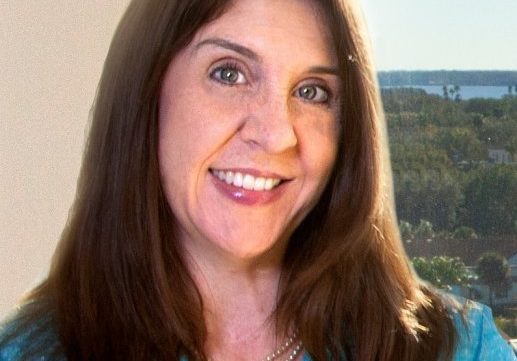Blog
Healthcare Design Magazine’s Take 5 with Sheila Bosch

In the Take 5 series from Healthcare Design Magazine, they spoke with Sheila Bosch, Director of Healthcare Research at Gresham, Smith and Partners (Tampa). She was also named the 2014 HCD 10 Researcher of the Year by Healthcare Design Magazine. In this Take 5, she shares her thoughts on EBD, resiliency, and the need for greater research to support the design of quality living environments for the aging population. The entire article from the magazine is below. To read more Take 5’s and visit the Healthcare Design Magazine website, click here.
1. Big data and healthcare design research
Can big data help harness enough information about the physical design of healthcare facilities to better understand how those physical attributes are related to the quality of care? Clients routinely ask us to demonstrate that our designs have been associated with improvements in efficiency or effectiveness in delivering healthcare. We have several examples from research we’ve conducted, such as relating family-centered ICU design with greater family presence and interaction with patients or how reorienting patient beds correlates with a decrease in noise levels near the patient’s head. But a design firm can conduct only a small number of rigorous studies in any given year. If we could extract facility-specific benchmarking data (e.g., size of operating rooms and patient rooms, departmental gross square footage) from building information models and performance data from health systems, perhaps we could apply powerful analytic techniques to increase our understanding of how design decisions affect healthcare quality.
2. Future of evidence-based design
With the The Center for Health Design’s EDAC (evidence-based design accreditation and certification) program and the studies published in the Health Environments Research & Design Journal (HERD) and other peer-reviewed publications, there’s a lot to be excited about in the field of evidence-based design. The most thrilling to me is the number of undergraduate and graduate programs across the country that are focusing efforts in this area. I’m collaborating with a doctoral student from Texas A&M who is studying the effects of daylighting on family and staff behavior in a NICU we designed for Sarasota Memorial Hospital.
3. Broadening the meaning of resiliency
“Resilient” is a buzzword we’ll be hearing more about in the healthcare arena. Most often the term is used in the context of disaster preparedness and response, but resilient healthcare is much more than that. It’s about an organization’s ability to create conditions for things to go right, rather than focus attention exclusively on what went wrong. We have a long way to go in developing tools for measuring an organization’s resiliency and improving its ability to respond appropriately to situations as they arise. I hope to see designers, human factors specialists, and clinicians working together to build those tools.
4. Design for the aging population
The American Society of Interior Designers (ASID) says one of the biggest challenges in the next 30 years will be meeting the demand for quality living environments for our aging population. Although design recommendations for older adults abound, there’s a scarcity of solid research evidence to inform them. I applaud the efforts of researchers like Maggie Calkins, Jon Sanford, and others to help us design more appropriate environments for seniors. Gresham, Smith and Partners is designing a wellness center for Florida Presbyterian Homes (Lakeland, Fla.) that encourages residents to participate in activities that will enhance their physical, social, spiritual, environmental, and emotional well-being.
5. Cultural exchange
Americans have helped improve the health of populations around the globe by imparting best practices from U.S. care delivery models and facility design strategies that support them. But as more American healthcare systems venture overseas, what opportunities exist to learn from other countries on how we might deliver more effective or more efficient healthcare? After all, the U.S. doesn’t rank first on most population health indicators, so keeping an open mind is good. With heightened design and construction activities internationally, and relatively slow growth in the U.S., it’s become more important than ever for healthcare designers to strike an appropriate balance of design that embraces cultural differences, engages interdisciplinary stakeholders, and supports local care delivery.
Source: http://www.healthcaredesignmagazine.com/article/take-five-sheila-bosch







